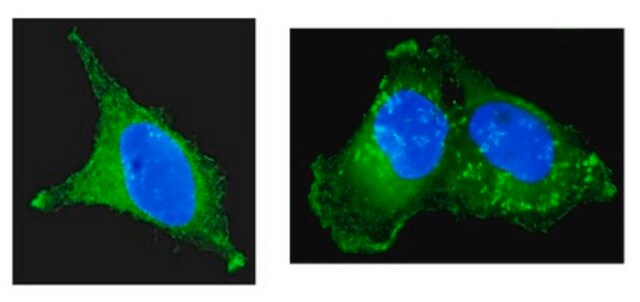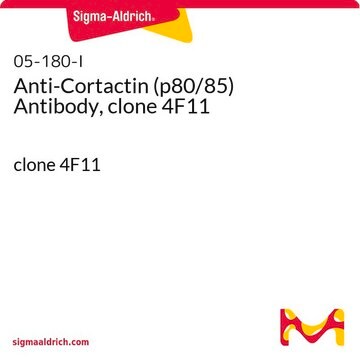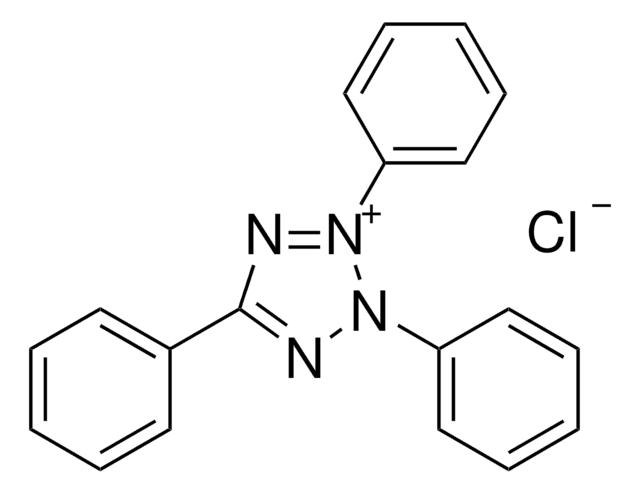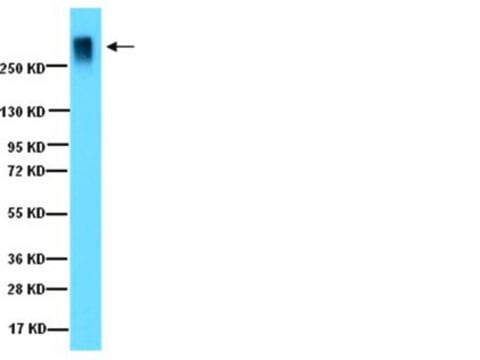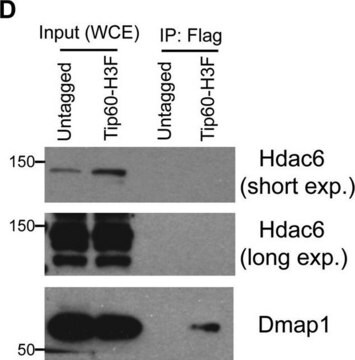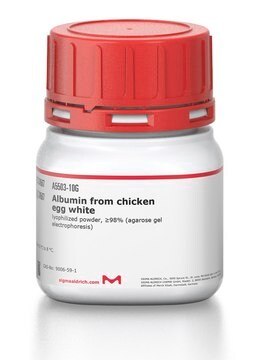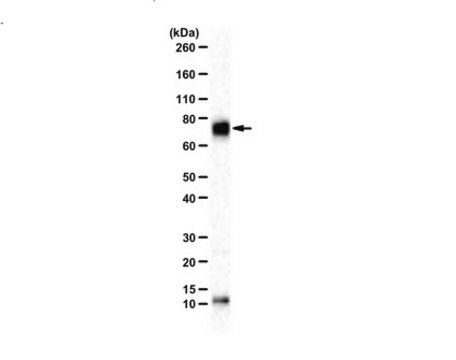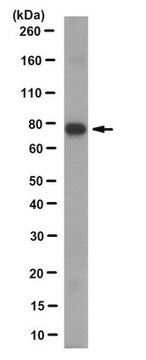09-881
Anti-acetyl Cortactin Antibody
from rabbit, purified by affinity chromatography
Sinônimo(s):
Amplaxin, Oncogene EMS1, Src substrate cortactin
About This Item
Produtos recomendados
fonte biológica
rabbit
Nível de qualidade
forma do anticorpo
affinity isolated antibody
tipo de produto de anticorpo
primary antibodies
clone
polyclonal
purificado por
affinity chromatography
reatividade de espécies
mouse, human
reatividade da espécie (prevista por homologia)
Drosophila (based on 100% sequence homology), rat (based on 100% sequence homology)
técnica(s)
western blot: suitable
nº de adesão NCBI
nº de adesão UniProt
Condições de expedição
wet ice
modificação pós-traducional do alvo
acetylation (not specified)
Informações sobre genes
human ... CTTN(2017)
Descrição geral
Recent research efforts show cortactin is acetylated in vivo and is deacetylated by HDAC6 (Histone deacetylase 6). HDAC6 is a tubulin-specific deacetylase that regulates microtubule-dependent cell movement. In recent studies it was demonstrated that HDAC6 binds cortactin and alters the ability of cortactin to bind F-actin by modulating a “charge patch” in its repeat region. Findings suggest that, in addition to its role in microtubule-dependent cell motility, HDAC6 influences actin-dependent cell motility by altering the acetylation status of cortactin, which, in turn, changes the F-actin binding activity of cortactin. The acetylation level of cortactin may correlate to tumor metastases and acetylated cortactin may be considered a potential metastasis marker.
Especificidade
Imunogênio
Aplicação
Cell Structure
Cytoskeleton
Qualidade
Western Blot Analysis: 2.5 µg/ml of this antibody detected Cortactin on 10 µL of HeLa-Anti-Cortactin immunocomplex treated with TSA/Nicotinamide.
Descrição-alvo
forma física
Armazenamento e estabilidade
Nota de análise
HeLa-Anti-Cortactin immunocomplex treated with TSA/Nicotinamide
Outras notas
Exoneração de responsabilidade
Não está encontrando o produto certo?
Experimente o nosso Ferramenta de seleção de produtos.
recomendado
Código de classe de armazenamento
12 - Non Combustible Liquids
Classe de risco de água (WGK)
WGK 1
Ponto de fulgor (°F)
Not applicable
Ponto de fulgor (°C)
Not applicable
Certificados de análise (COA)
Busque Certificados de análise (COA) digitando o Número do Lote do produto. Os números de lote e remessa podem ser encontrados no rótulo de um produto após a palavra “Lot” ou “Batch”.
Já possui este produto?
Encontre a documentação dos produtos que você adquiriu recentemente na biblioteca de documentos.
Nossa equipe de cientistas tem experiência em todas as áreas de pesquisa, incluindo Life Sciences, ciência de materiais, síntese química, cromatografia, química analítica e muitas outras.
Entre em contato com a assistência técnica